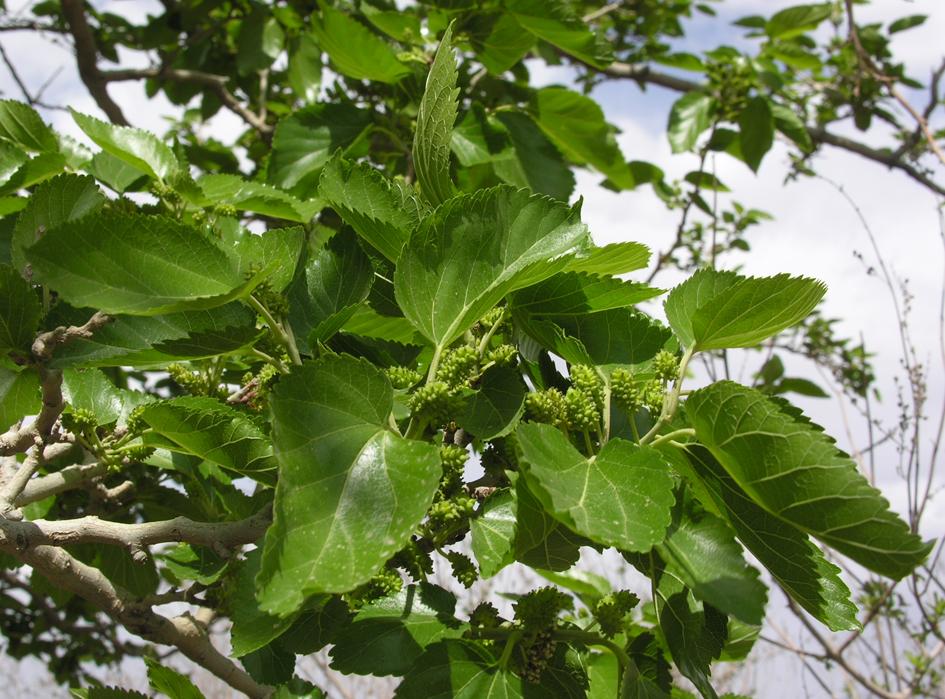The differences between the Persian accounts underline the dynamism of Safavid Isfahan – the maydan was a work-in-progress for many decades, and not simply the static entity we see now. However, all the accounts discussed above use some version of rhetoric, with their own sorts of comparisons and citations.
All of the Persian accounts draw analogies between the maydan and the Islamic paradise.
A range of pre-Islamic and later Persian superlatives are also employed.
The quantative information is surely intended to be impressive (for example, the 300 jarib size-estimate given by Junabadi[1]).
However, I have found no clear references to the “massive scale and orderly disposition” that Babaie thought was such an important metaphoric prompt for the Safavid empire[2].
As an aside, I know of no evidence as to which of the four Safavid histories considered above was most influential during Shah Abbas’ reign – during the physical construction of the maydan, and at the beginnings of its symbolic creation. More recently, Iskandar Beg’s account was used by Godard (“the first modern European scholar to attempt to set out the motives and vision behind Shah Abbas’ building projects”) and also by Hunarfarr[3]. Iskandar Beg’s accessibility, and so inferred importance, has surely been further inflated by the publication of a translation into English by RM Savory[4].
[1] There is similarly impressive information about the length and width of the Chahar Bagh from Iskandar Beg, and about various costs from Natanzi and Jalal-i Munajjim.
[2] Sussan Babaie, Isfahan and its Palaces, 89-90.
[3] Robert McChesney, “Four Sources,” 103 and Footnote 10.
[4] Robert McChesney, “Four Sources,” 105.
